- Home
- Articles
- Architectural Portfolio
- Architectral Presentation
- Inspirational Stories
- Architecture News
- Visualization
- BIM Industry
- Facade Design
- Parametric Design
- Career
- Landscape Architecture
- Construction
- Artificial Intelligence
- Sketching
- Design Softwares
- Diagrams
- Writing
- Architectural Tips
- Sustainability
- Courses
- Concept
- Technology
- History & Heritage
- Future of Architecture
- Guides & How-To
- Art & Culture
- Projects
- Interior Design
- Competitions
- Jobs
- Store
- Tools
- More
- Home
- Articles
- Architectural Portfolio
- Architectral Presentation
- Inspirational Stories
- Architecture News
- Visualization
- BIM Industry
- Facade Design
- Parametric Design
- Career
- Landscape Architecture
- Construction
- Artificial Intelligence
- Sketching
- Design Softwares
- Diagrams
- Writing
- Architectural Tips
- Sustainability
- Courses
- Concept
- Technology
- History & Heritage
- Future of Architecture
- Guides & How-To
- Art & Culture
- Projects
- Interior Design
- Competitions
- Jobs
- Store
- Tools
- More

Palak Gupta
Karjat, Maharashtra
2019
Academy Of Architecture, Mumbai
@palak__gupta
Share


One of the primary reasons for poor urban planning in India is the presence of multiple agencies and often disjointed state and central government schemes. Measures are taken impulsively just to meet the immediate need without thinking about future interventions.

A transit station can serve much more than a transportation function; it can be a setting for community interaction, a place that fosters a diversity of activities.
Karjat, being a dormitory city, where majority of the population travels daily to Mumbai for work, a railway station would play quite a contrasting role, building a different animation. Hence a station in context of such a city, stands a potential to become an “anchor of growth” to direct urban growth of the city, serving much more than just a transport facility.

A new and vital impetus is given to the station design, so rather than merely designing the station around the activities that already took place there, the expanded architecture of the new station design directs and determines how people use and move in and around the building. The concourse is also an architectural gateway to the mixed-use developments built on the upper floor.To ensure a lively station throughout the day, a mix use of programs, including shops offices, pharmacies are in cooperated. Emphasis is placed on the functions that create a coherent structure and rationale that allow passengers to easily, seamlessly and safely get to the train, wait and switch between different modes of transport.
Written by
illustrarch Team
illustrarch is your daily dose of architecture. Leading community designed for all lovers of illustration and #drawing.
Get Featured
Submit your architectural projects
Follow these steps for submission your project. Submission FormLatest Posts
Related Articles
Mixed Use  Begum Gumusel2 Mins read
Begum Gumusel2 Mins read
Mixed-Use Building by Samir Alaoui Architectes
Samir Alaoui Architectes’ Mixed-Use Building blends adaptable industrial spaces with private penthouse...
Mixed Use  Begum Gumusel3 Mins read
Begum Gumusel3 Mins read
Depot Hard High-Rise Ensemble by Morger Partner Architekten
Depot Hard High-Rise Ensemble by Morger Partner Architekten redefines urban density in...
Mixed Use  Elif Ayse Sen3 Mins read
Elif Ayse Sen3 Mins read
Liwa Farm Village by Inca Hernández
Liwa Farm Village, situated in the historic Liwa Oasis in Abu Dhabi’s...
Mixed Use  Begum Gumusel3 Mins read
Begum Gumusel3 Mins read
Kampoong Guha by Realrich Architecture Workshop
Kampoong Guha by Realrich Architecture Workshop is a living laboratory in Jakarta...










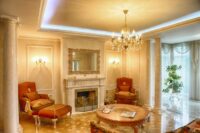
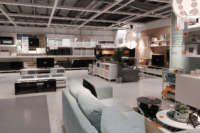
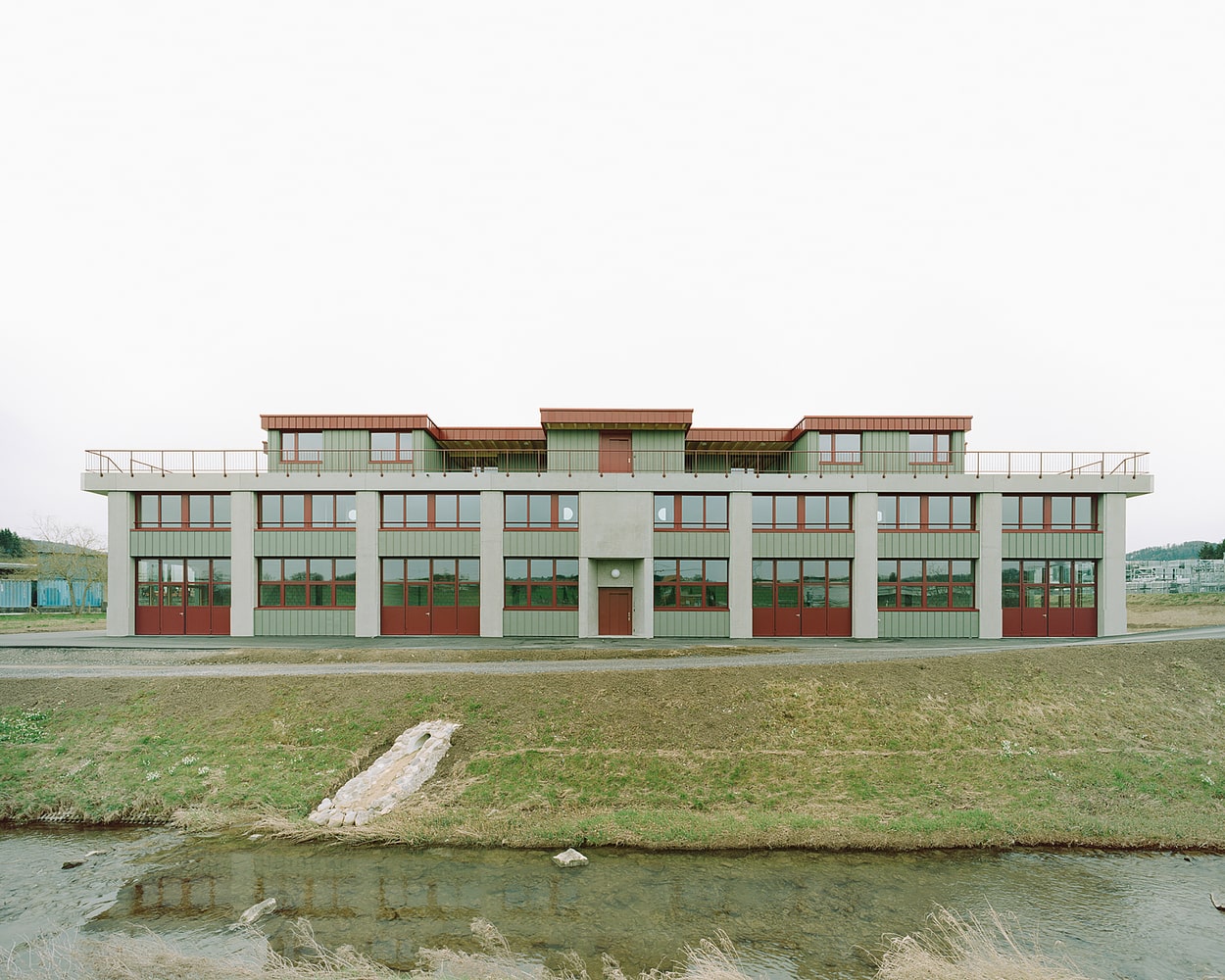
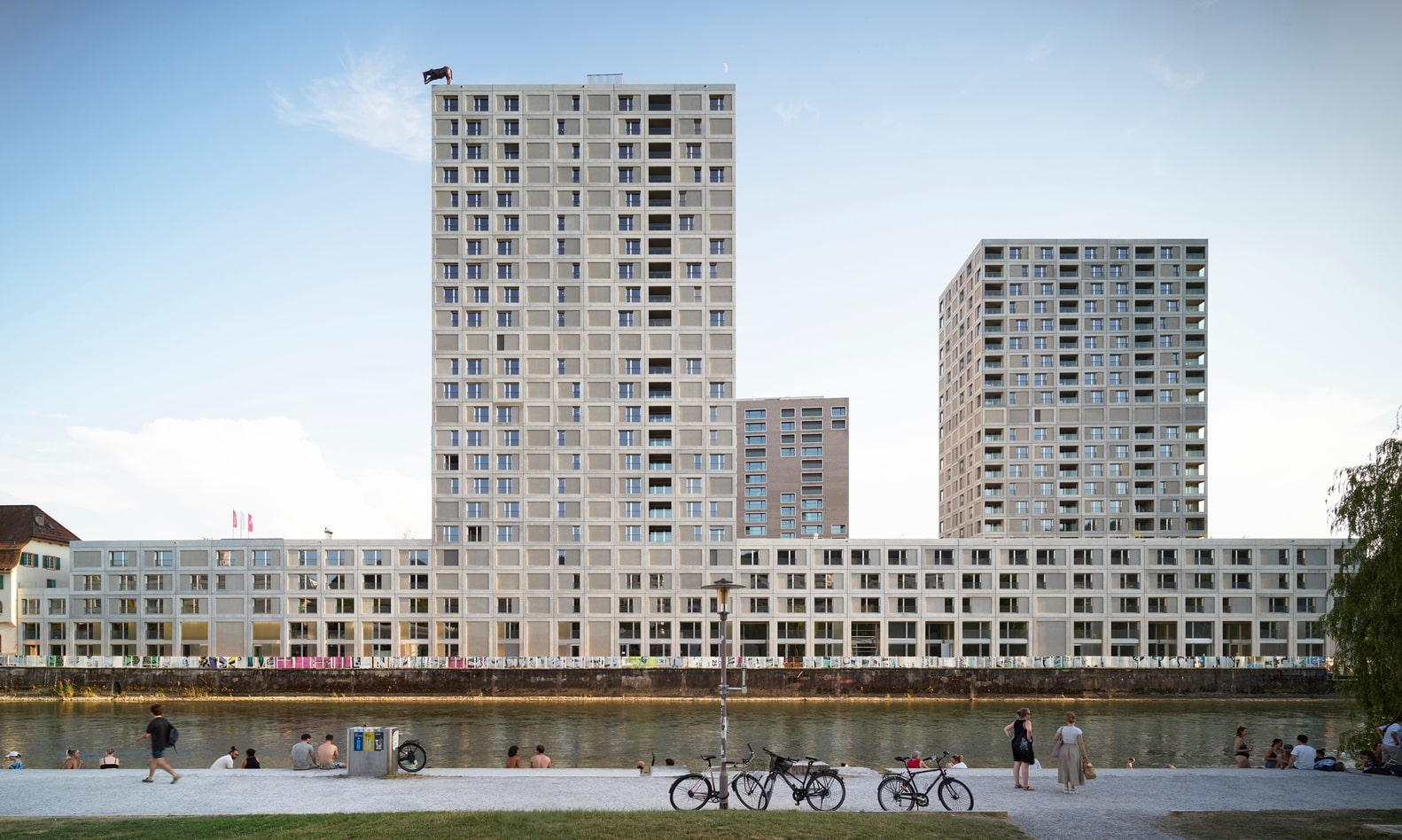

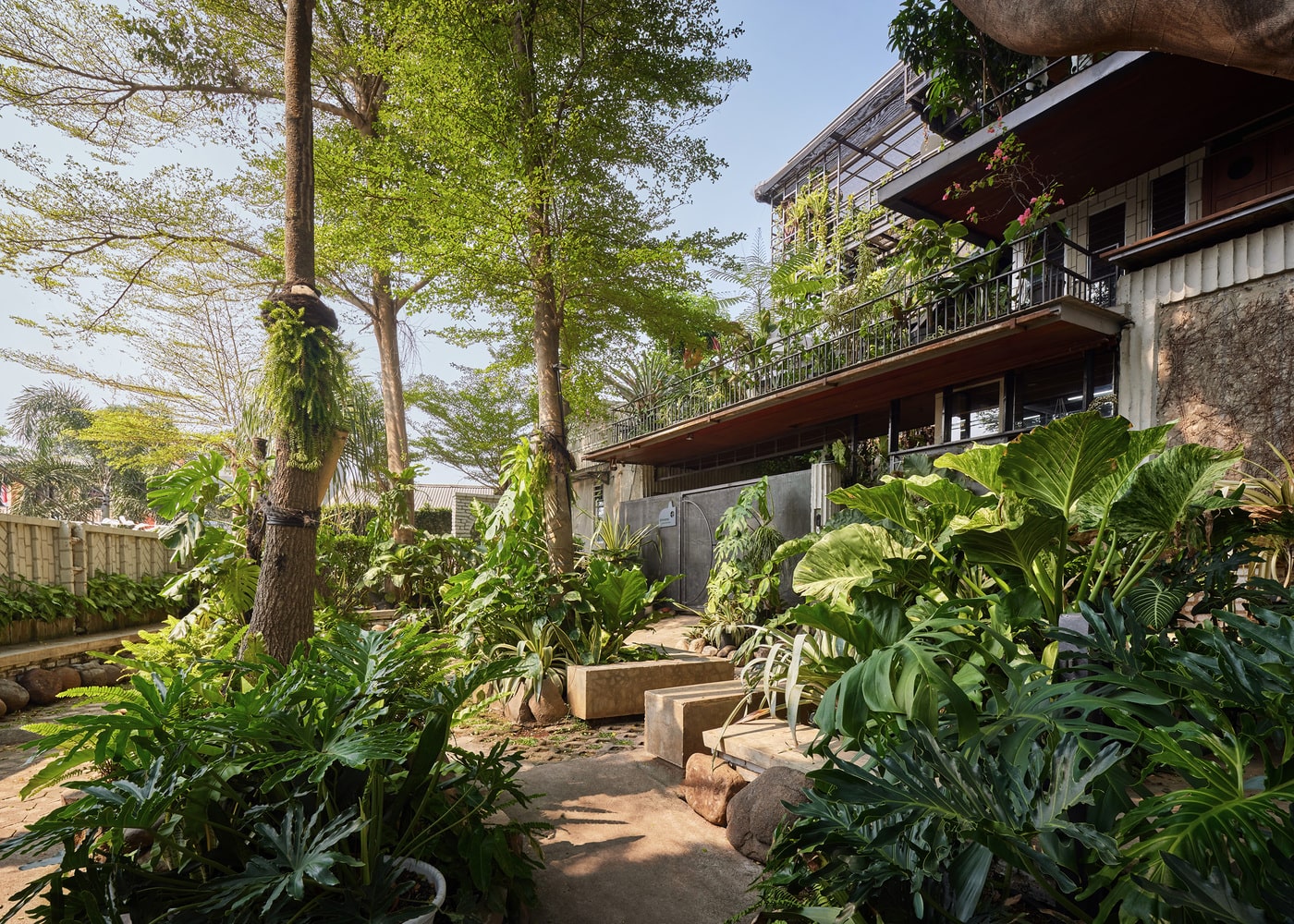
Leave a comment